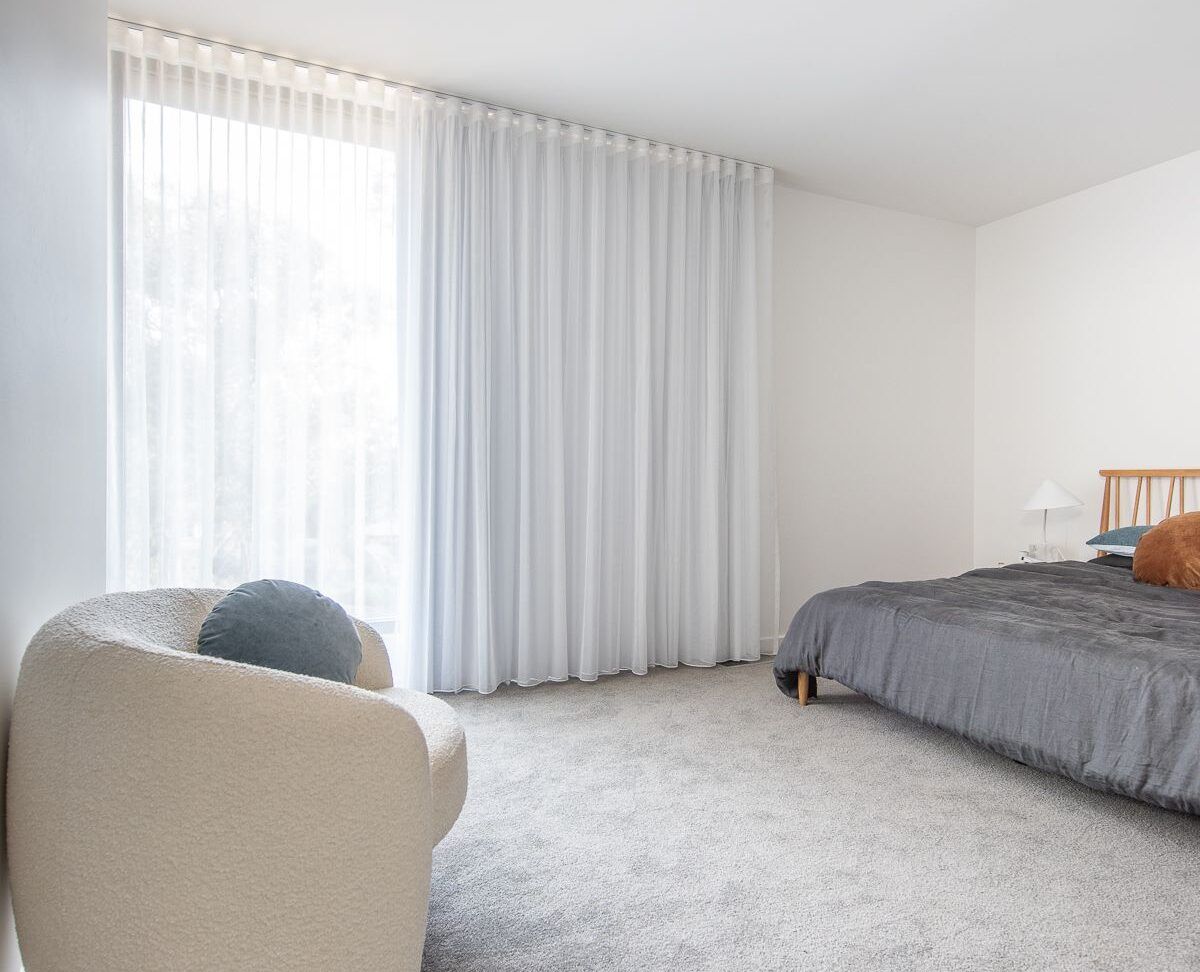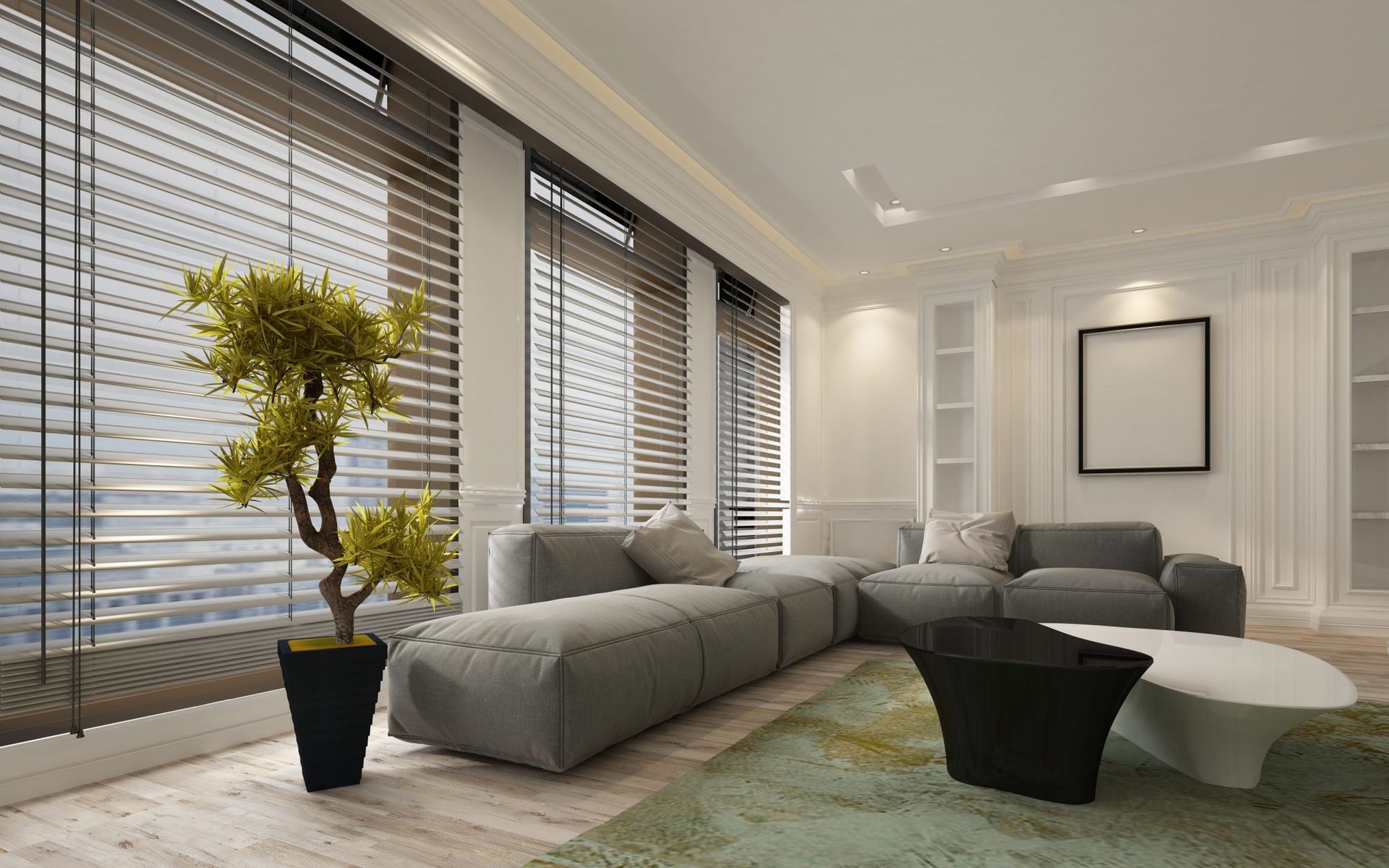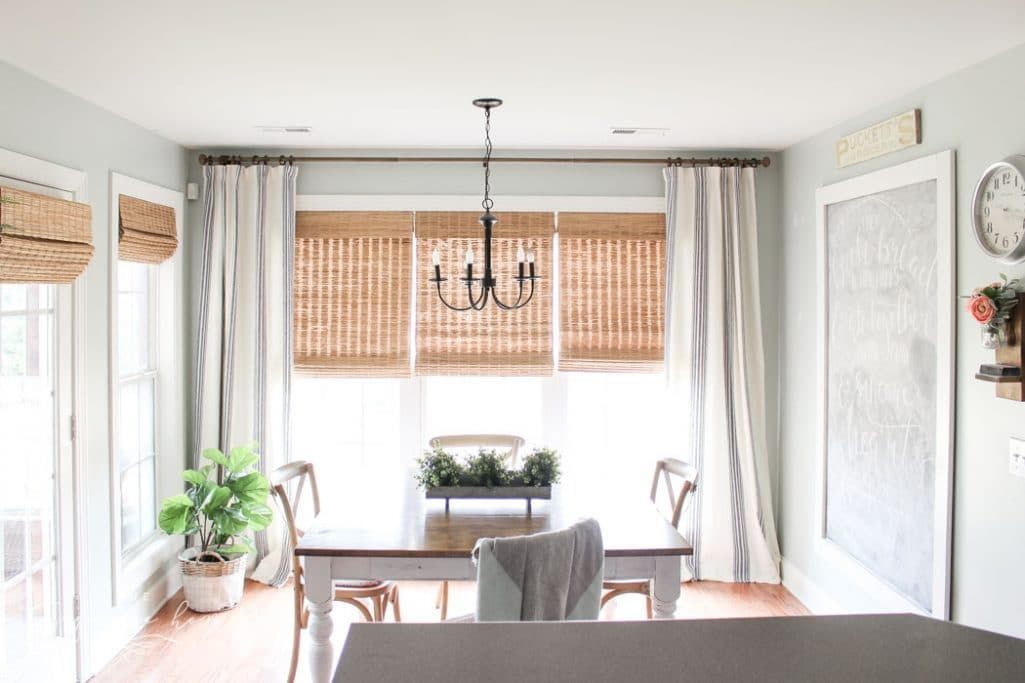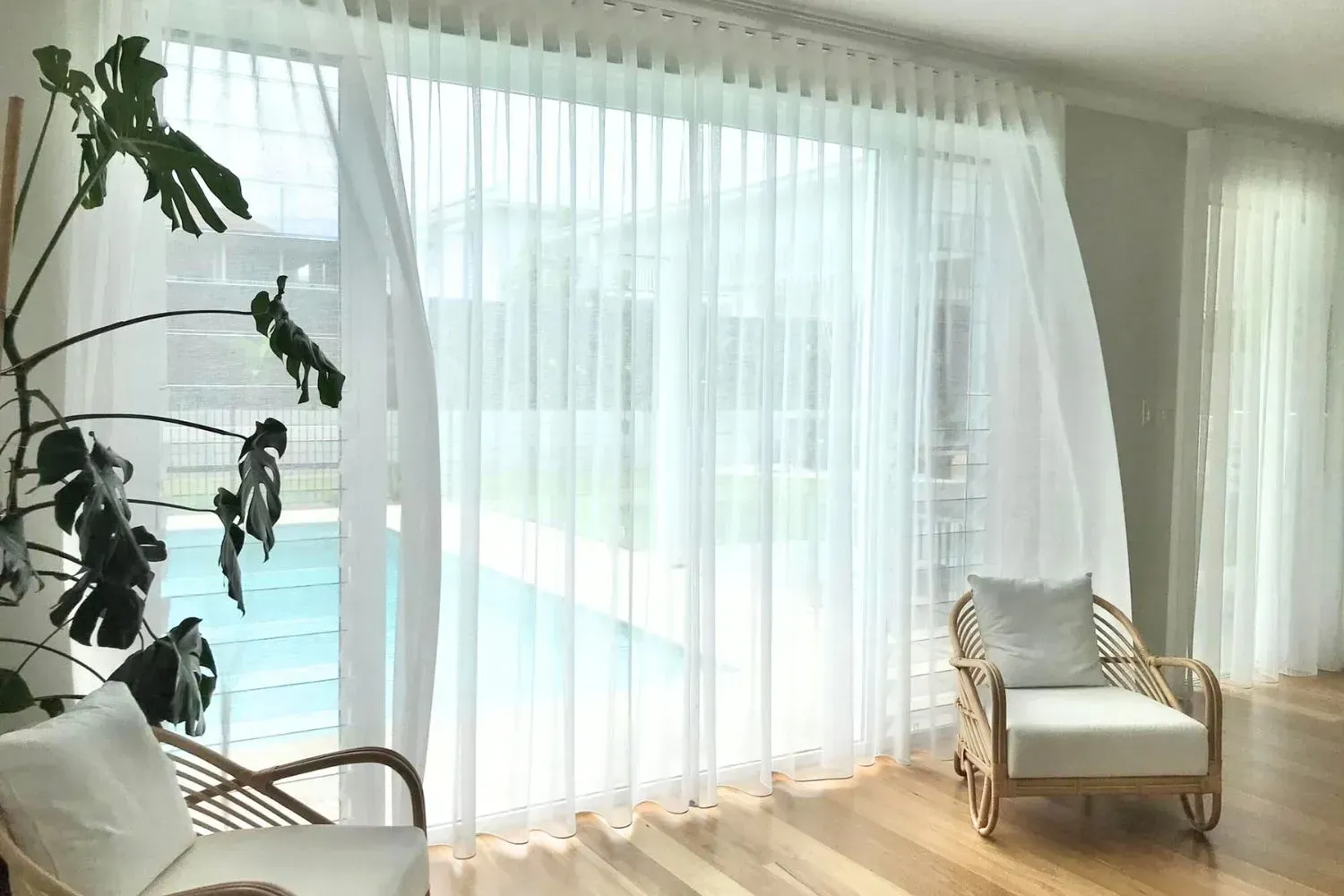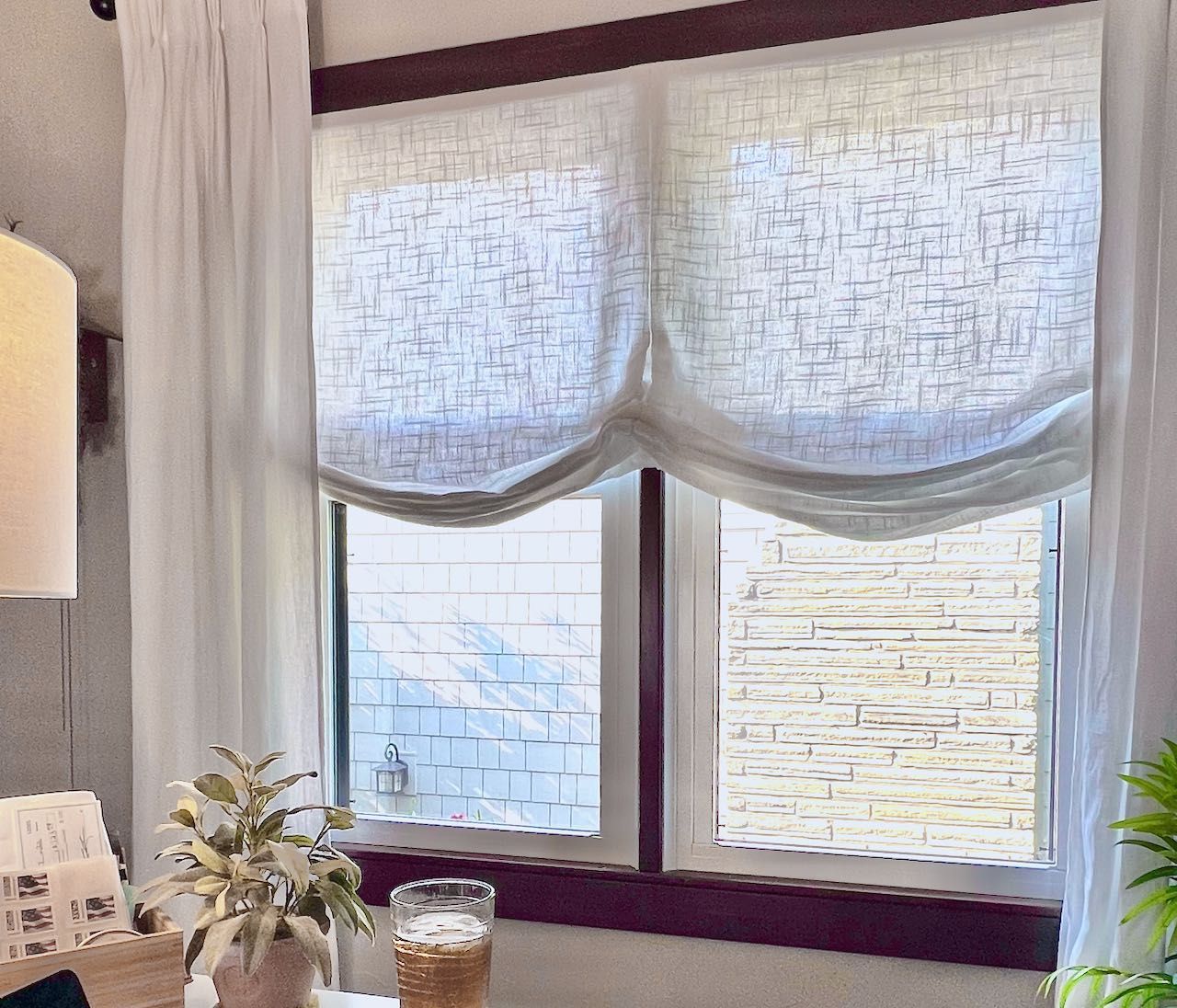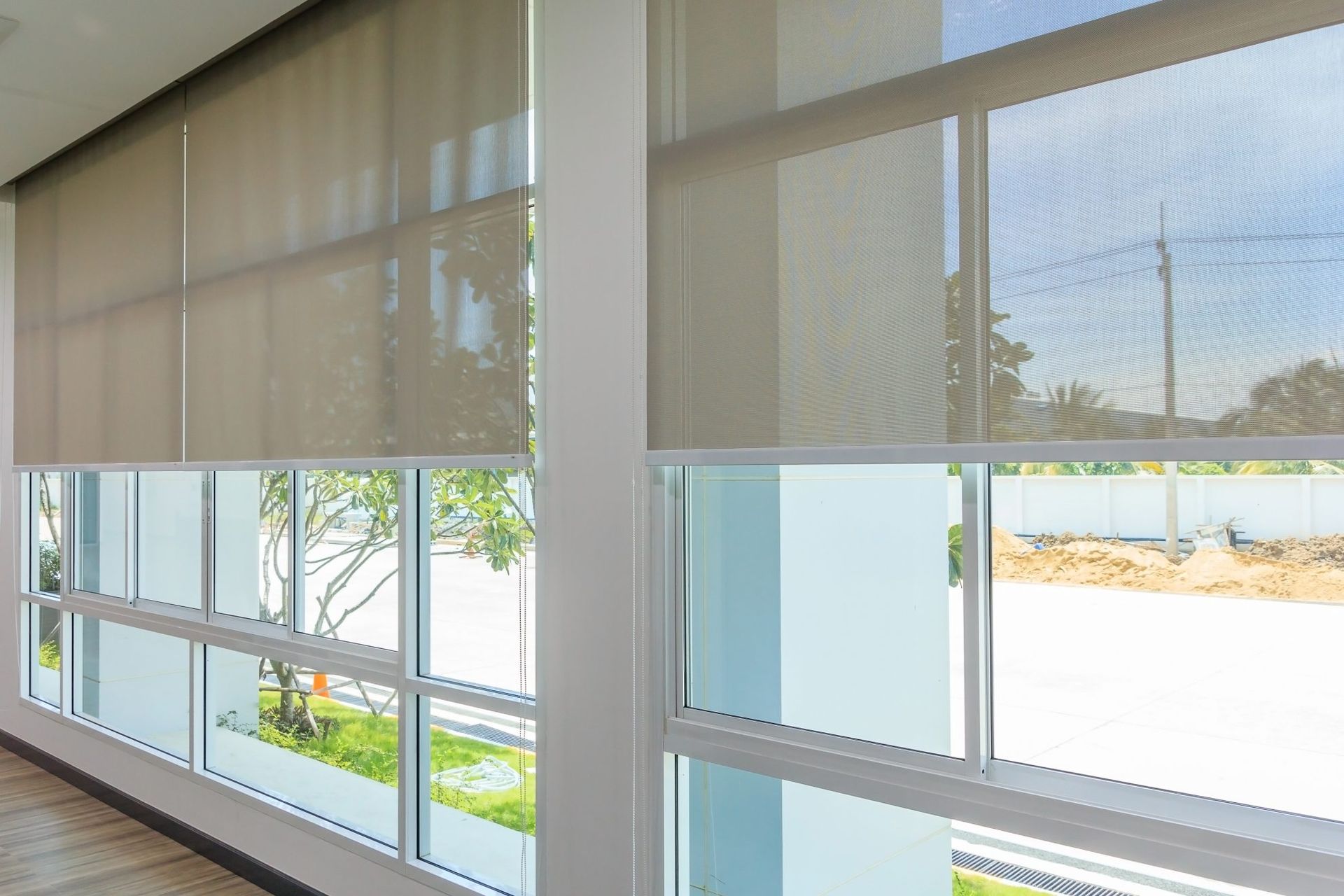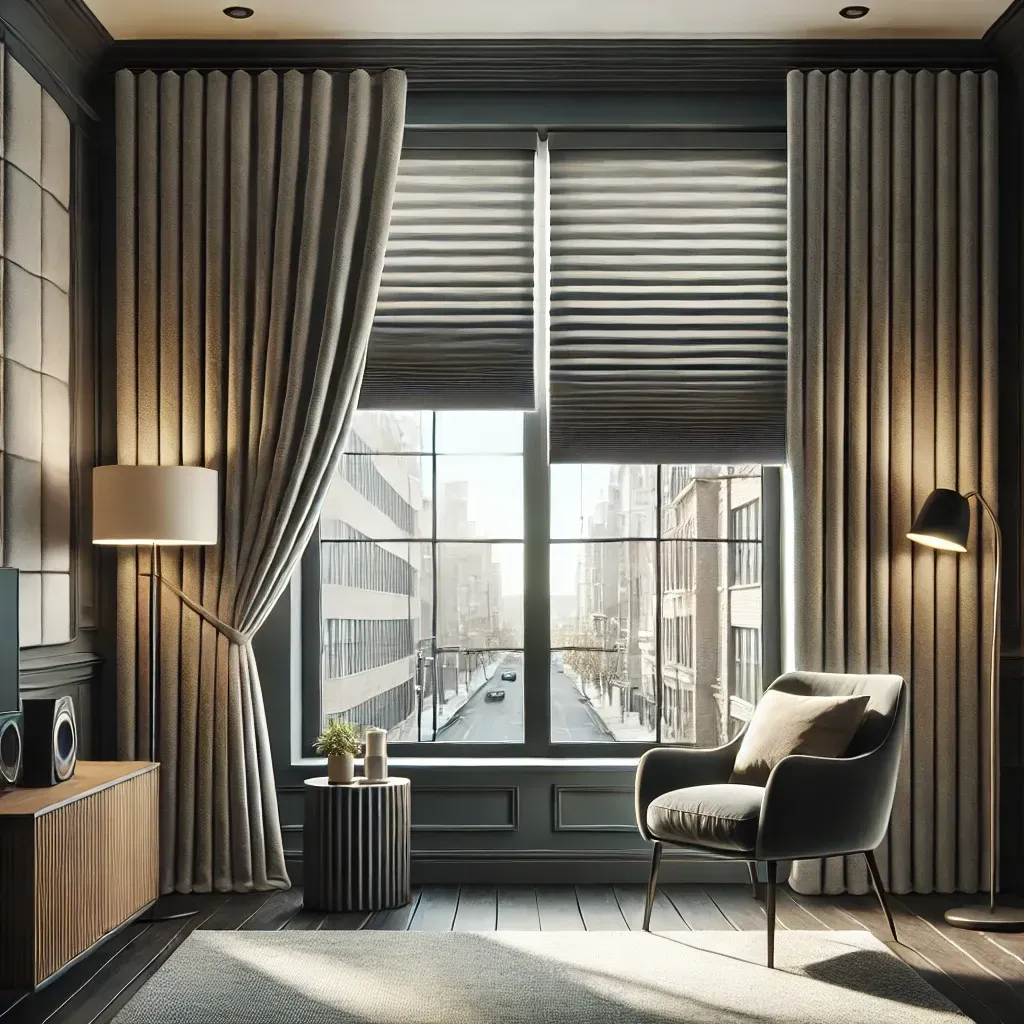What Color Blinds Go Best with White Walls?
White walls provide a versatile backdrop, allowing for a range of blind colors that can either blend seamlessly or create a striking contrast. The best color blinds for white walls depend on your desired aesthetic, room functionality, and existing decor. Neutral tones like beige, gray, or off-white offer a timeless and sophisticated look, while darker shades like black or navy create bold contrast. Wood-toned blinds add warmth, while pastel shades bring a soft and airy feel to the space.
The Psychology of Color in Home Décor
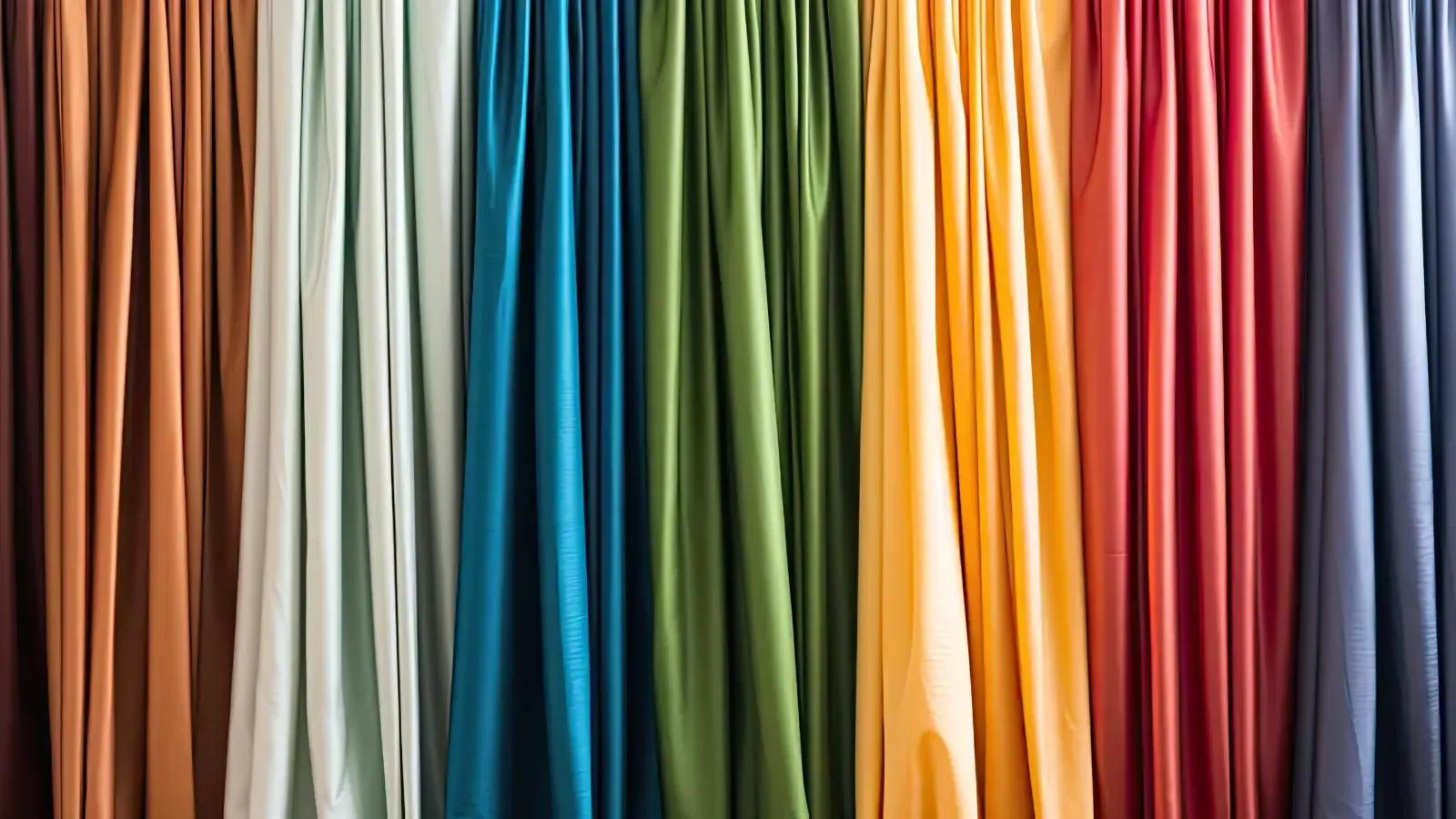
Color plays a significant role in shaping the mood and perception of a room. Choosing the right blind color can enhance the overall ambiance of your space. Understanding Color and Interior Design in Window Coverings helps homeowners make informed decisions about how different shades impact lighting, aesthetics, and overall harmony in a room.
- Neutral colors (beige, taupe, gray) create a calm and balanced feel, perfect for modern and minimalist interiors.
- Bold colors (black, navy, dark green) make a statement and add contrast against white walls, ideal for contemporary spaces.
- Pastel tones (light blue, mint green, blush pink) offer a soft and airy atmosphere, making the space feel inviting and serene.
- Wood tones (oak, walnut, cherry) bring warmth and a natural aesthetic, blending well with rustic and traditional designs.
Factors to Consider When Choosing Blind Colors for White Walls
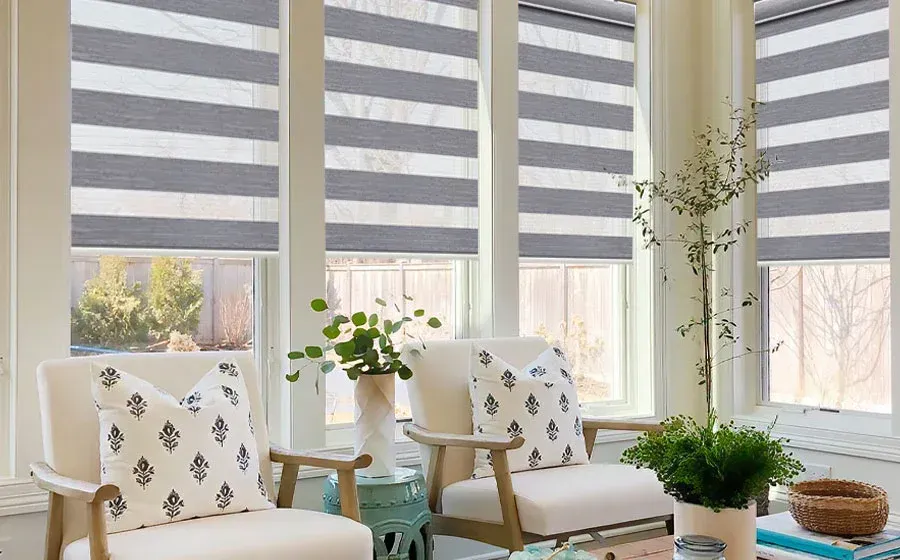
Room Functionality
Different rooms serve different purposes, and blind colors should align with the room's function.
- Bedrooms: Soft pastels or warm neutrals promote relaxation and tranquility.
- Living Rooms: Light grays, beiges, or wood tones create a welcoming and balanced environment.
- Kitchens & Dining Areas: Crisp white or light-colored blinds maintain an open and fresh feel, while darker tones add a bold touch.
Natural Lighting and Room Size
Lighting impacts how blind colors appear throughout the day.
- In well-lit rooms, darker blinds create contrast, while light-colored blinds can sometimes blend too much.
- In low-light rooms, warm-toned blinds add coziness, while light pastels help brighten the space.
Existing Décor and Furniture
Blinds should complement the existing elements in the room.
- Matching blinds to furniture and flooring creates a cohesive look.
- Contrasting blinds can add visual interest and dimension.
Best Blind Color Options for White Walls
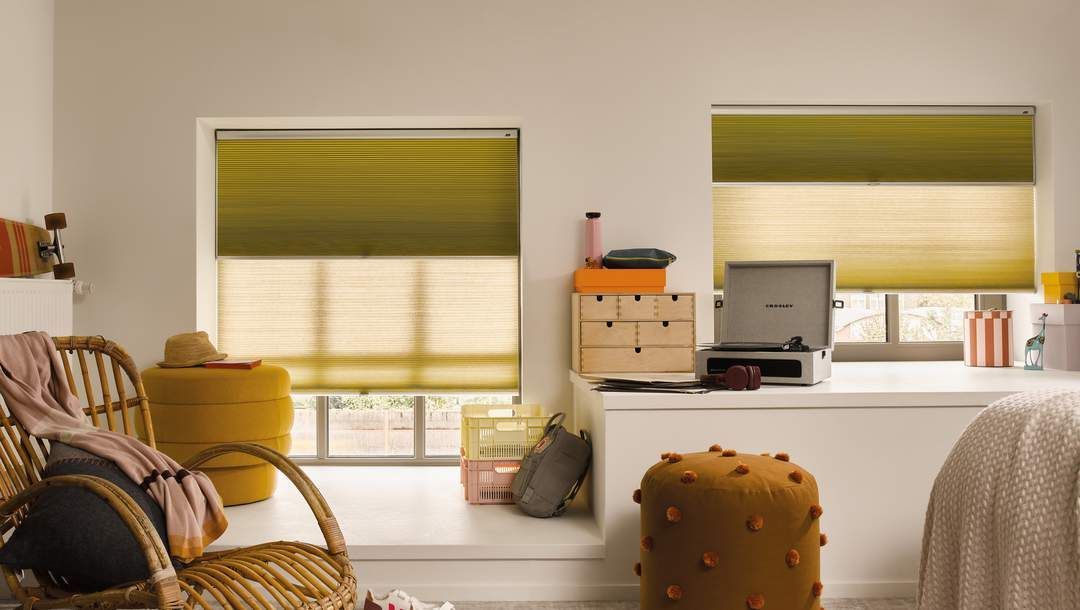
Neutral Blinds: Timeless and Elegant
Beige, taupe, and light gray blinds seamlessly integrate with white walls, creating a clean and refined look. These colors work best in minimalist, modern, and Scandinavian-style interiors.
Bold & Dark Blinds: Dramatic Contrast & Modern Look
Black, navy, or deep brown blinds provide a striking contrast, making a room feel sophisticated and bold. These choices are perfect for contemporary and industrial designs.
Wood-Toned Blinds: Warm & Natural Appeal
Wooden blinds in oak, walnut, or cherry add warmth and texture, making them ideal for rustic, farmhouse, or traditional interiors.
Pastel Blinds: Soft & Airy Feel
Soft blues, greens, and pinks subtly contrast white walls, enhancing a room's relaxed and breezy atmosphere. These work well in coastal, boho, and light modern themes.
Incorporating Textures and Patterns in Blinds
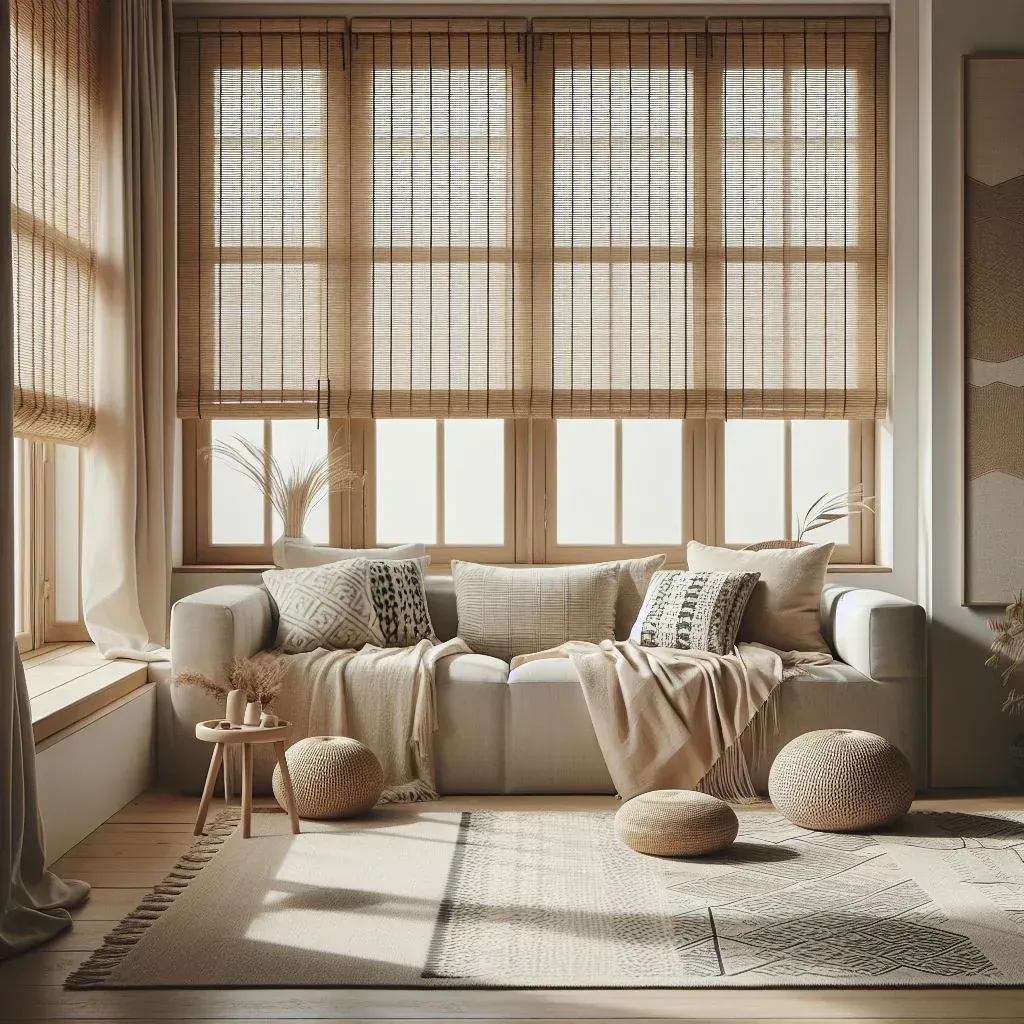
Solid-colored blinds are classic, but adding texture or pattern can elevate the design.
- Woven wood blinds introduce natural texture.
- Patterned fabric blinds (geometric, floral, or abstract designs) add personality to a space.
- Textured vinyl blinds create subtle depth while maintaining durability.
For a perfect blend of natural texture and soft elegance, consider Bamboo Blinds with Curtains. This combination enhances both style and functionality, offering a timeless, eco-friendly window treatment solution.
Tips for Selecting the Perfect Blind Color
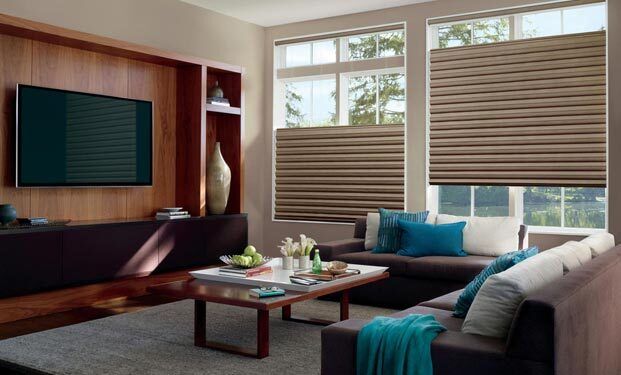
Sample Testing
Always compare blind swatches in different lighting conditions before making a final decision.
Material Considerations
- Fabric blinds add softness but require more maintenance.
- Wood blinds provide durability and warmth.
- Vinyl blinds are easy to clean and cost-effective.
Durability and Maintenance
- Light-colored blinds may show dirt and require frequent cleaning.
- Dark-colored blinds may fade over time if exposed to direct sunlight.
- Choosing quality materials not only improves daily function but can also contribute to blinds and property value, especially when considering resale or long-term investment.
Visual Gallery & Real-Life Inspiration
If possible, browse real-life examples of white walls paired with different blind colors. Love Is Blinds KY offers a range of window treatment options to help you visualize the perfect match for your space.
Conclusion
Choosing the best blind color for white walls depends on your desired aesthetic, room function, and existing decor. Neutral tones offer a classic and seamless look, while bold and dark blinds create striking contrast. Wood tones add warmth, and pastels provide a soft, airy feel. By considering lighting, furniture coordination, and material durability, you can find the perfect blinds to complement your white walls.

